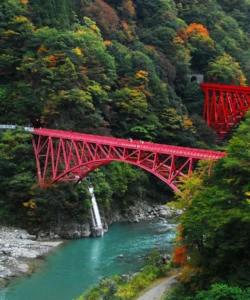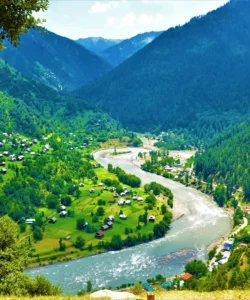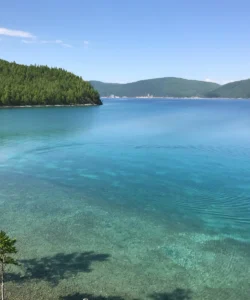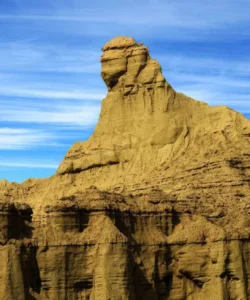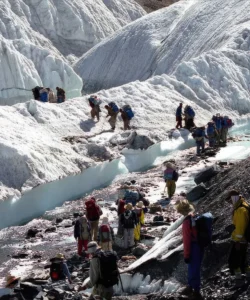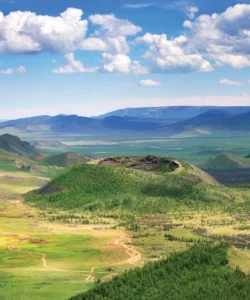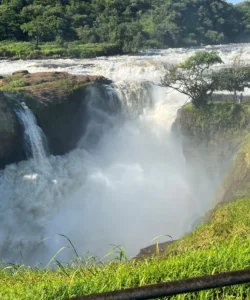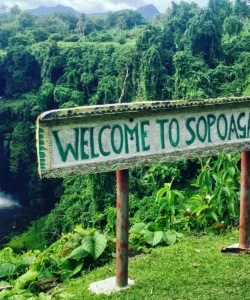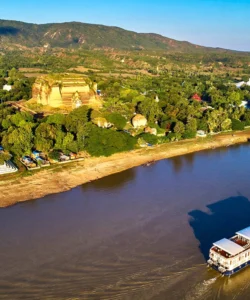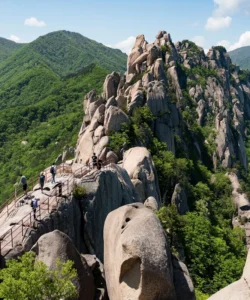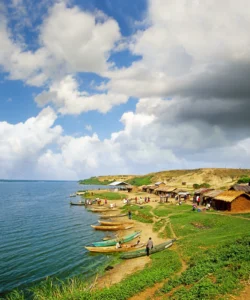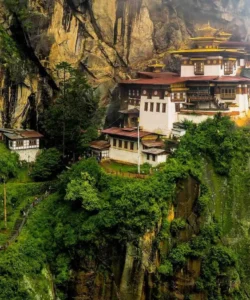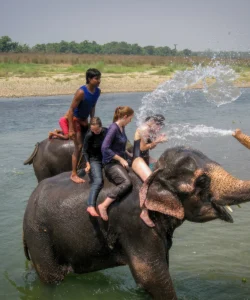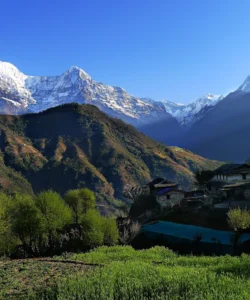Cox’s Bazar Beach, located in Bangladesh, is a truly remarkable natural wonder, holding the distinction of being the longest natural sea beach in the world. Stretching for an immense 120 kilometers (75 miles) along the Bay of Bengal, it offers a vast expanse of golden sand, gentle waves, and a vibrant local culture.
Name: Cox’s Bazar Beach (Bengali: কক্সবাজার সমুদ্র সৈকত)
Address: Cox’s Bazar, Chittagong Division, Bangladesh. The beach is the main attraction of the seaside town of Cox’s Bazar, which is located on the southeastern coast of Bangladesh.
How to Get There:
Cox’s Bazar is a major tourist destination in Bangladesh and is well-connected.
- By Air: The most convenient way is to fly into Cox’s Bazar Airport (CXB). It has regular domestic flights from Dhaka (the capital) and Chittagong. From the airport, it’s a short taxi or auto-rickshaw ride to the beach area and hotels.
- By Road: Cox’s Bazar is accessible by road from Dhaka (approx. 8-10 hours, depending on traffic and road conditions) and Chittagong (approx. 3-4 hours). Both AC and non-AC bus services are available. You can also hire private cars.
- By Train: Train services are available up to Chittagong from Dhaka, and then you would take a bus or taxi from Chittagong to Cox’s Bazar.
- Within Cox’s Bazar: The beach has several distinct points, and you can get around by auto-rickshaw, rickshaw, or simply by walking along the extensive shoreline.
- Kolatoli Point: An important part of the beach with many hotels and restaurants.
- Sugandha Point: Known for its Burmese Market and a Fly Dining restaurant.
- Laboni Point: A popular gathering spot for activities like horseback riding and speed-boat riding.
- Inani Beach: About 32 km south, famous for its coral stones and clearer water.
- Teknaf Beach: Further south, known for more wildlife and mangroves.
- No Entrance Fee: Access to Cox’s Bazar Beach is free.
Landscape and Architecture:
Cox’s Bazar Beach is characterized by its immense, uninterrupted stretch of sandy coastline, backed by a blend of urban development and natural hills.
- Longest Natural Sea Beach: The most striking feature is its unbroken 120-kilometer (75-mile) length of natural sandy beach. It boasts a gentle slope and uniformly fine, golden sand, making it suitable for long walks and leisurely enjoyment.
- Bay of Bengal: The beach faces the Bay of Bengal, offering vast horizons and consistent, gentle waves.
- Coastal Hills and Waterfalls: While primarily a beach, the area is unique because it’s backed by towering cliffs and broken hills to the east. Picturesque spots like Himchari, just south of the main town, feature lush tropical rainforest, hills, and several waterfalls (the largest of which cascades towards the beach), creating a dramatic contrast between the sandy coast and verdant highlands.
- Coral Stones (Inani Beach): Further south at Inani Beach, you’ll find unique coral stones and boulders that emerge during low tide. These black and green coral formations add a distinct texture to the beach.
- Tamarisk Forests: Efforts have been made to plant Tamarisk (Jhau) forests along parts of the beach to protect it from tsunamis and erosion, adding a green fringe.
- Urban and Resort Development: The town of Cox’s Bazar backing the beach has a mix of hotels and resorts ranging from budget to five-star, especially around Kolatoli and Laboni points. Modern architecture is emerging, with discussions around sustainable and climate-resilient designs to balance tourism growth with environmental preservation.
- Fishermen and Boats: The beach is a working area for local fishermen, and their colorful fishing boats are a common and picturesque sight along the shore, adding to the local charm.
- Burmese Market: Located near Sugandha Point, the “Burmese Market” reflects historical and cultural ties with Myanmar, offering local handicrafts and goods.
- Local Markets and Life: Beyond the beach, the town offers bustling local markets, salt and prawn cultivations (in surrounding areas), and a glimpse into daily Bangladeshi life.
What Makes It Famous:
- World’s Longest Natural Sea Beach: Cox’s Bazar is unequivocally famous for being the longest natural sea beach in the world with an unbroken length of 120 kilometers. This incredible scale is its primary claim to fame.
- Spectacular Sunrise and Sunset: The endless horizon and west-facing orientation make it an ideal location for witnessing breathtaking sunrises and sunsets over the Bay of Bengal, casting a magical glow over the vast expanse of sand.
- Popular Tourist Destination: It is the top tourist destination in Bangladesh, attracting millions of local and international visitors seeking relaxation, beach activities, and cultural experiences.
- Unique Combination of Beach and Hills: The rare blend of a vast sandy beach backed by picturesque hills and waterfalls (like Himchari) creates a diverse and stunning natural landscape not commonly found elsewhere.
- Local Culture and Fresh Seafood: The vibrant local life, including bustling markets, traditional fishing activities, and an abundance of fresh seafood, offers a rich cultural immersion.
- Adventure Activities: Various water sports like jet skiing, parasailing, and speed-boat riding are available, along with beach biking and horseback riding.
Differences from Some Other Wonders:
- Extreme Length and Unbroken Nature: While other beaches like Kuta Beach in Bali are famous, Cox’s Bazar’s defining difference is its unparalleled and unbroken length of 120 kilometers. This sheer scale sets it apart from almost any other beach globally.
- Natural Origin with Minimal Intervention (Historically): Unlike some other long beaches (e.g., in Brazil or Australia) that might have extensive development along their entire length or are very remote, Cox’s Bazar historically combined its natural, unbroken length with full accessibility, aiming to maintain ecological integrity alongside tourism (though development pressures are increasing).
- Backdrop of Hills and Waterfalls: The unique juxtaposition of a vast sandy beach with immediate access to forested hills and waterfalls (like Himchari and Darianagar) provides a diverse landscape that’s distinct from purely flat coastal plains or islands.
- South Asian Focus and Local Tourism: While it attracts international visitors, a significant portion of its tourism is domestic, making the cultural experience and the type of beach activities (e.g., traditional fishing boats, local street food) distinct from highly internationalized beach resorts in Southeast Asia (like Bali’s Kuta or Thailand’s Phuket).
- Absence of Prominent Surfing Culture (compared to Kuta): While surfing is available, Cox’s Bazar does not have the same deeply ingrained or extensive beginner surfing culture that defines Kuta Beach in Bali. Its waves are generally gentle.
- Monsoon Influence on Landscape: The tropical climate means it receives the full force of the Bangladeshi monsoon, which dramatically transforms the surrounding landscape with lush greenery, making its appearance quite different across seasons compared to more stable arid or temperate beaches.
- No Iconic Man-Made Architectural Structures on the Beach: Unlike destinations famous for their specific architecture like the Merlion Park (statue) or Marina Bay Sands (hotel), Cox’s Bazar’s “wonder” is the natural beach itself. Any architecture is primarily functional for tourism (hotels, market) rather than monumental.
Cox’s Bazar Beach Photos:




























